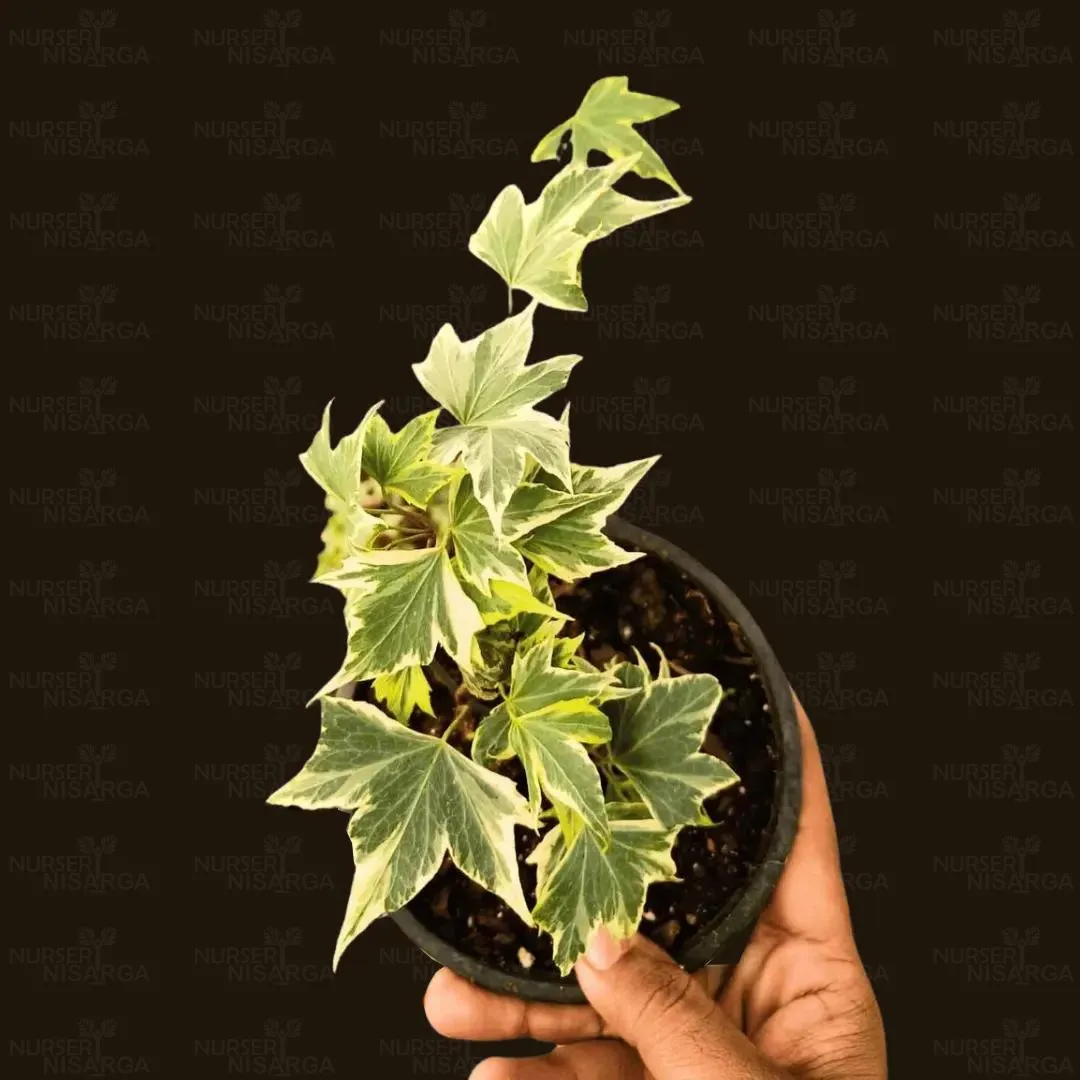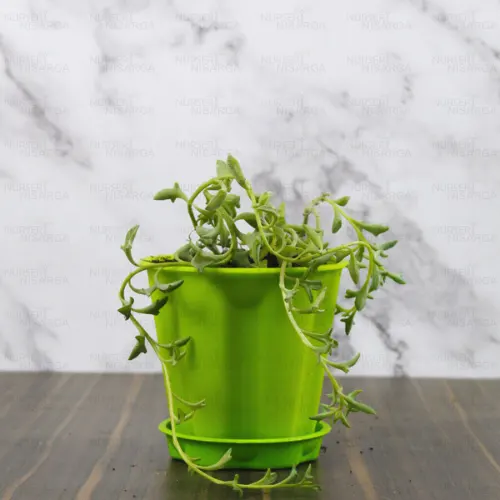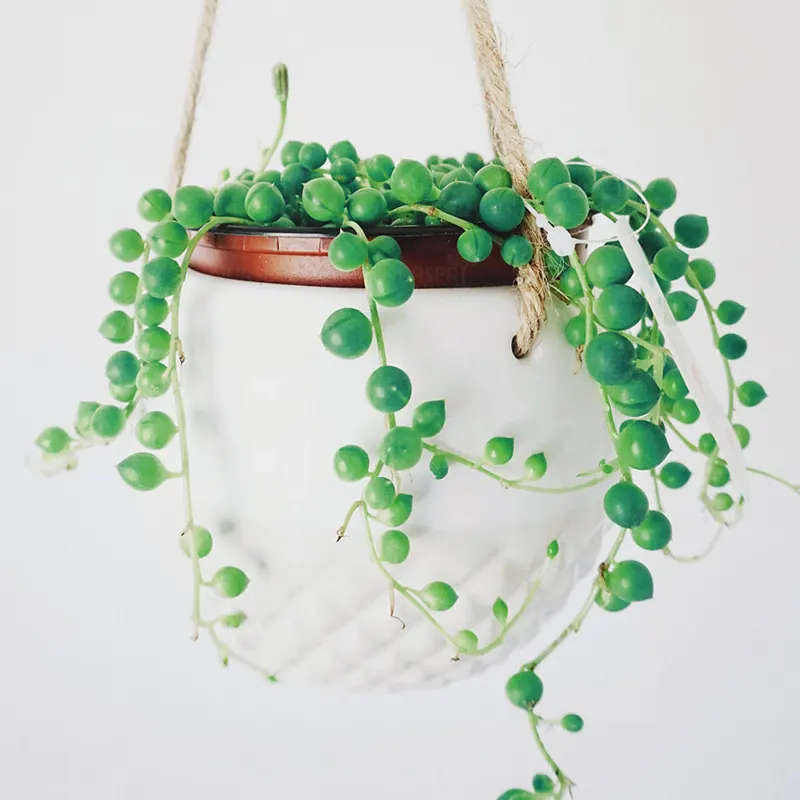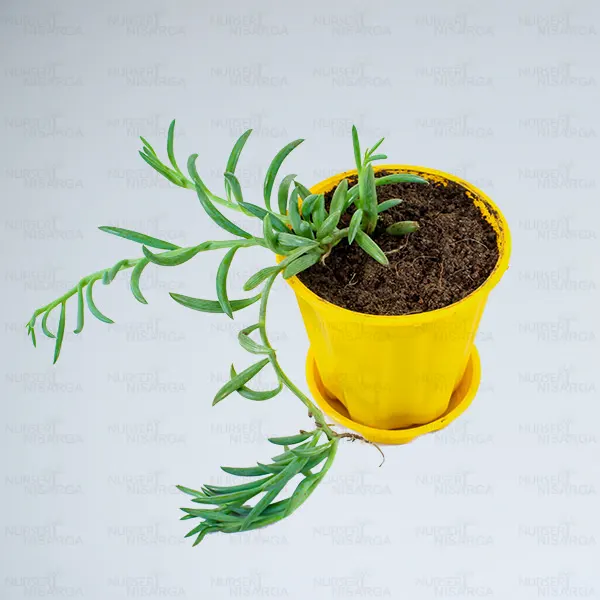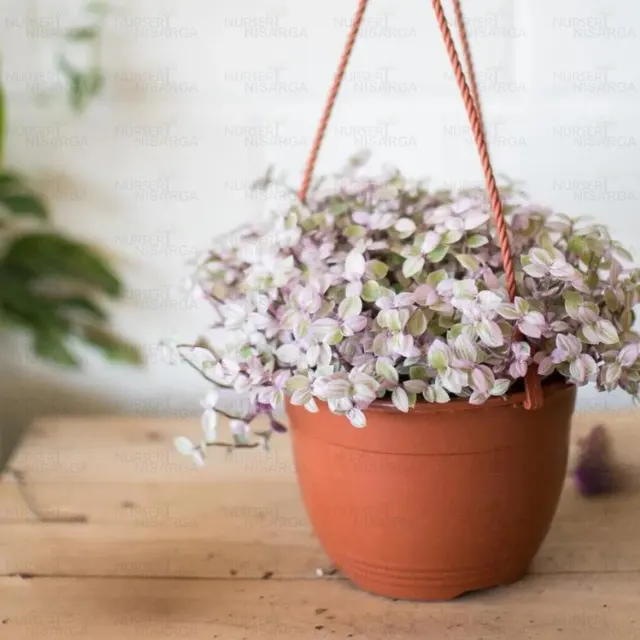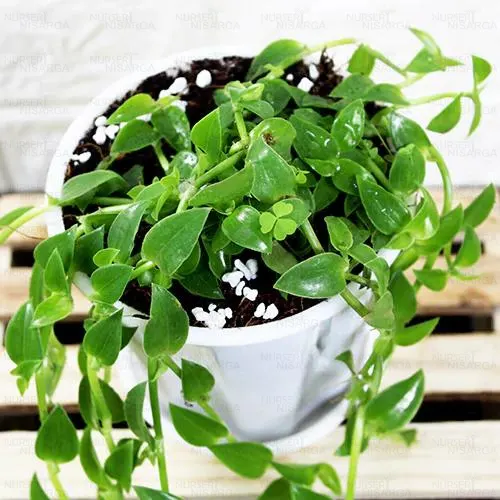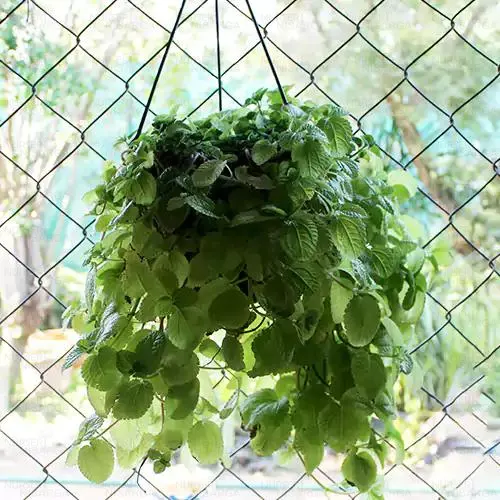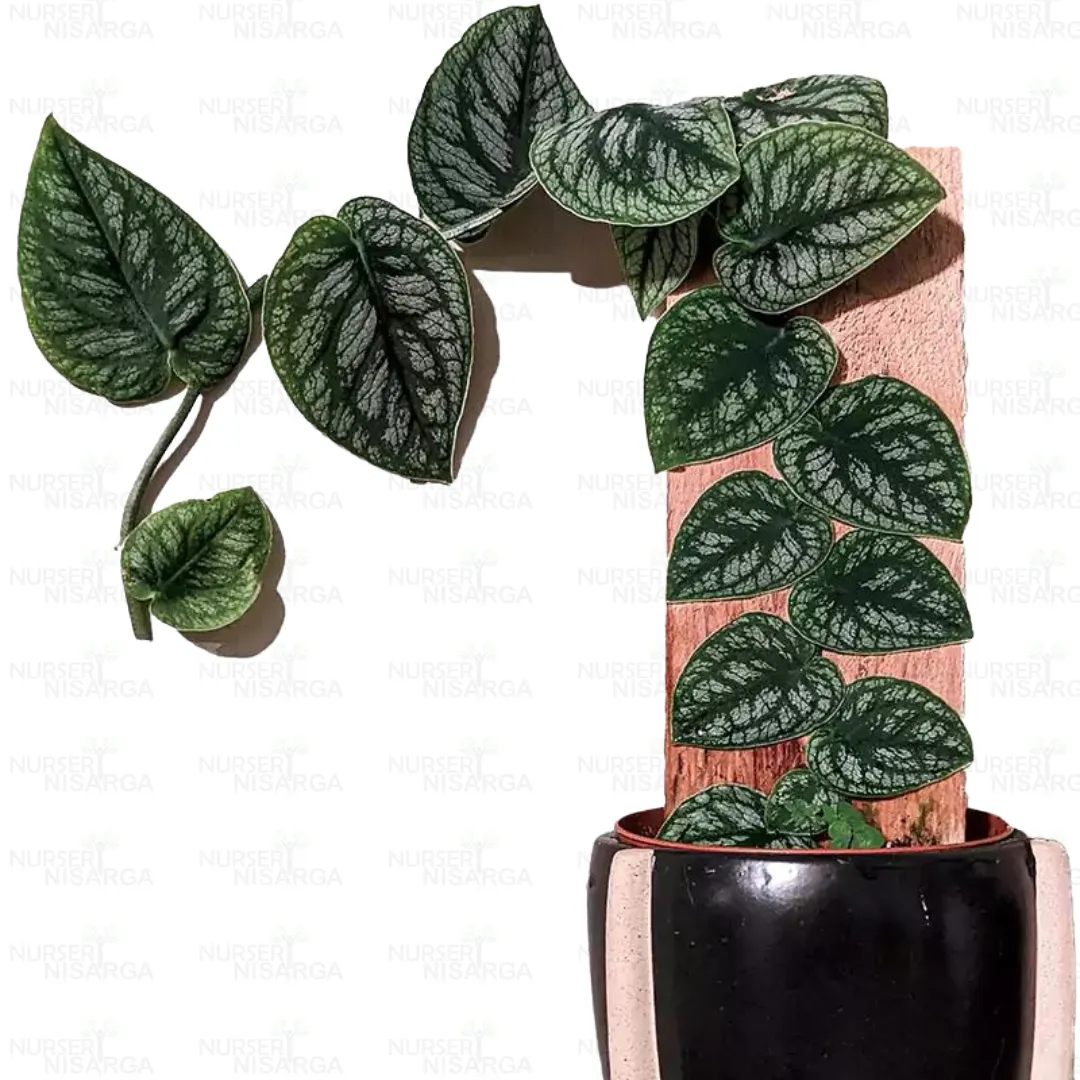Description
Maple Ivy Plant – Variegated
Maple ivy, is a popular climbing or trailing plant appreciated for its ornamental foliage. A gorgeous and adaptable plant, the Variegated Maple Ivy, lends grace and beauty to any indoor or outdoor area. This ivy is ideal for ground cover, trellises, and hanging baskets because of its unique maple-shaped leaves and cascading vines. It is a great option for people who are busy with plants because it can grow in both shade and sunlight and needs little care.
The Maple Ivy is a beneficial addition to any home or workplace setting since it removes toxins from the air and helps purify it. Bring the classic beauty of Variegated Maple Ivy into your home.
Features and Characteristics of the Maple ivy plant:
- Leaves: The leaves are typically five-lobed and resemble the shape of a maple leaf, which is where it gets its name. However, not all leaves may have this distinctive shape; some may appear more ovate or with fewer lobes. The leaves can vary in color, from dark green to variegated patterns with creamy white, yellow, or silver markings.
- Growth habit: Maple ivy is a vigorous climber and can quickly cover walls, fences, or other structures. It can also be grown as a ground cover or in hanging baskets, where it will trail elegantly.
- Versatility: It’s a versatile plant that can thrive in various conditions, although it prefers well-draining soil and partial shade. It can tolerate some sun but may suffer in excessively hot or dry conditions.
- Evergreen nature: This plant is evergreen in many climates, meaning it retains its leaves year-round, providing greenery even in winter.
- Air purifying: Like many other indoor plants, maple ivy can help improve indoor air quality by filtering out pollutants.
- Maintenance: It’s generally a low-maintenance plant, but it can become invasive in certain regions if not properly managed. Regular pruning is advisable to control its growth and prevent it from spreading too aggressively.
How to care:
- Sunlight: From full sun to slight shade, maple ivy grows well. To ensure optimal development and bright leaves, make sure it receives at least 6 hours of direct sunlight every day.
- Soil: Make sure the soil has a good organic content and drains well. This plant prefers a pH of the soil that is slightly acidic to neutral.
- Watering: Make sure the soil is continuously damp but not soggy. During dry conditions, especially during the growing season, water deeply; during the winter, water less.
- Fertilization: In the spring, apply a slow-release, balanced fertilizer made for woody plants.
- Pruning: Maple ivy may need periodic pruning to maintain its form, regulate growth, and remove unhealthy or dead branches.

